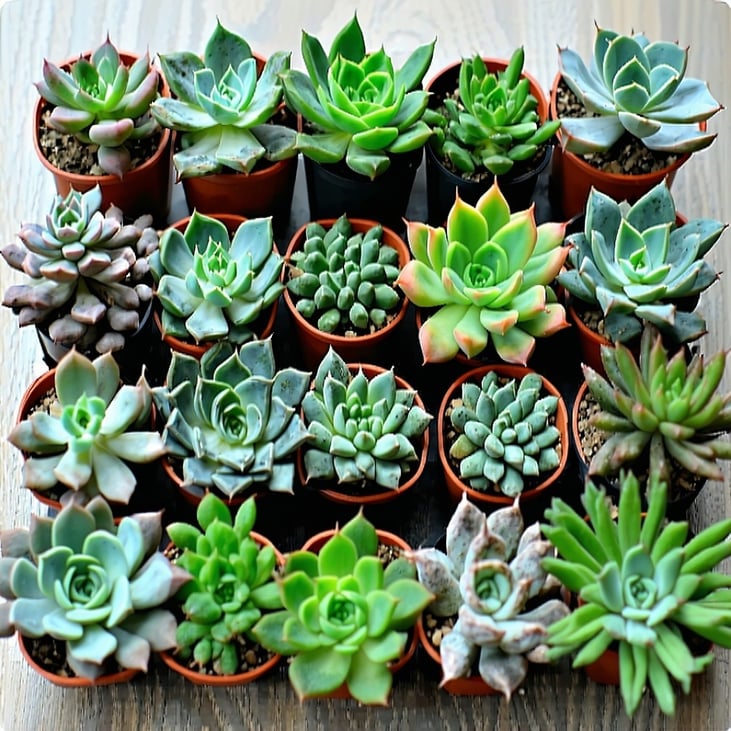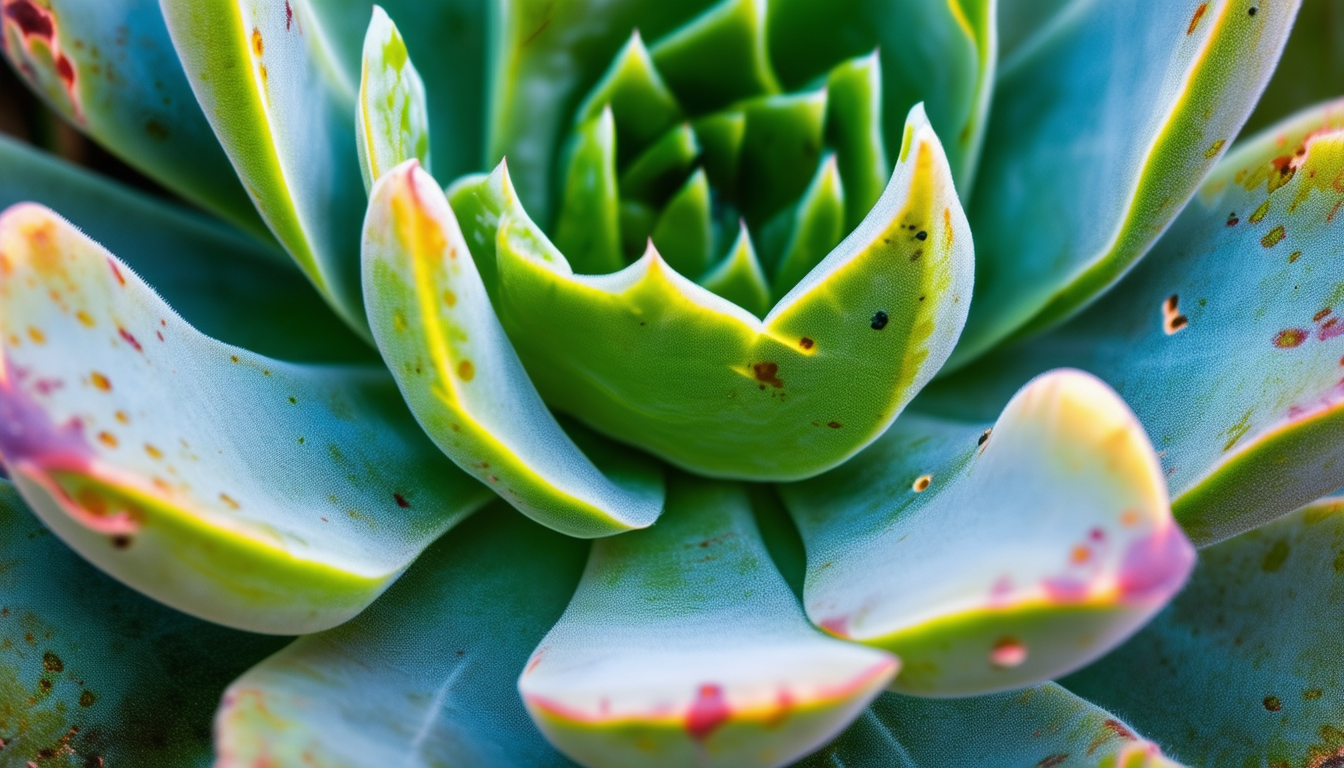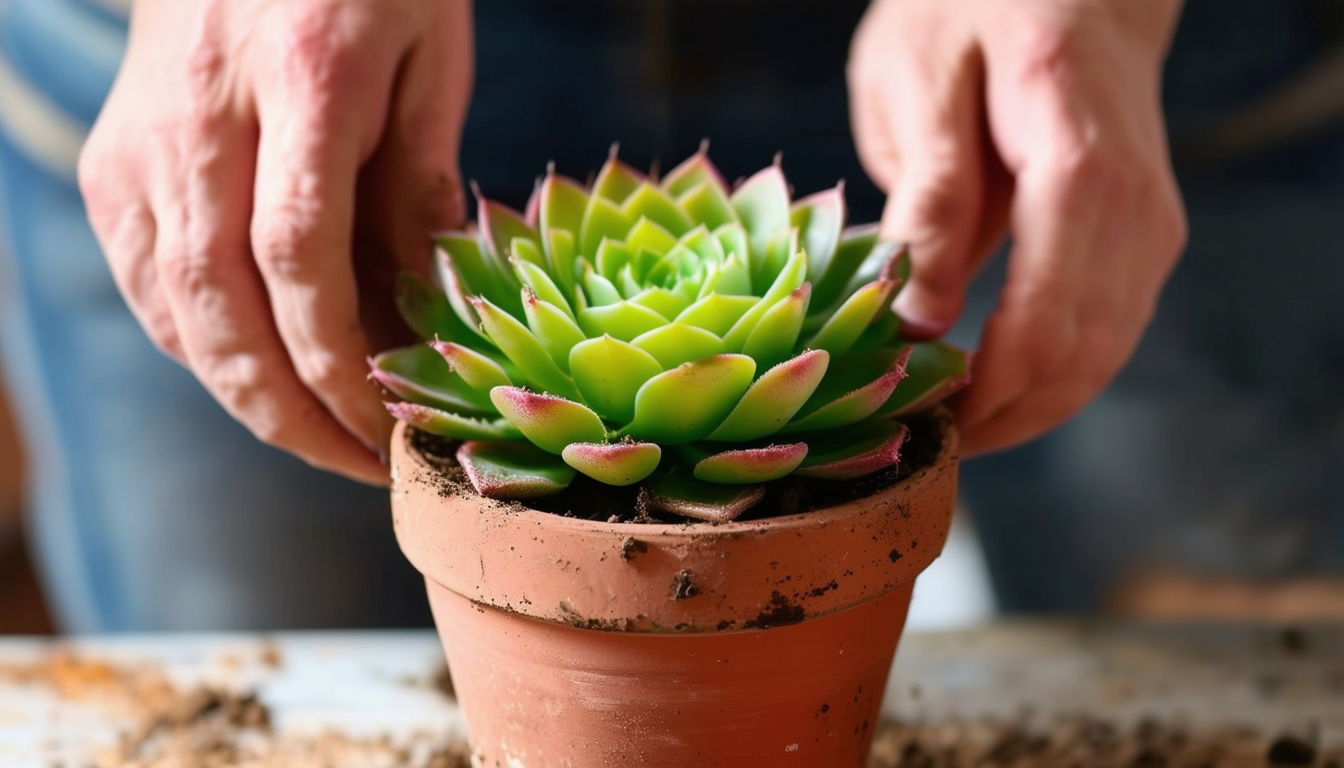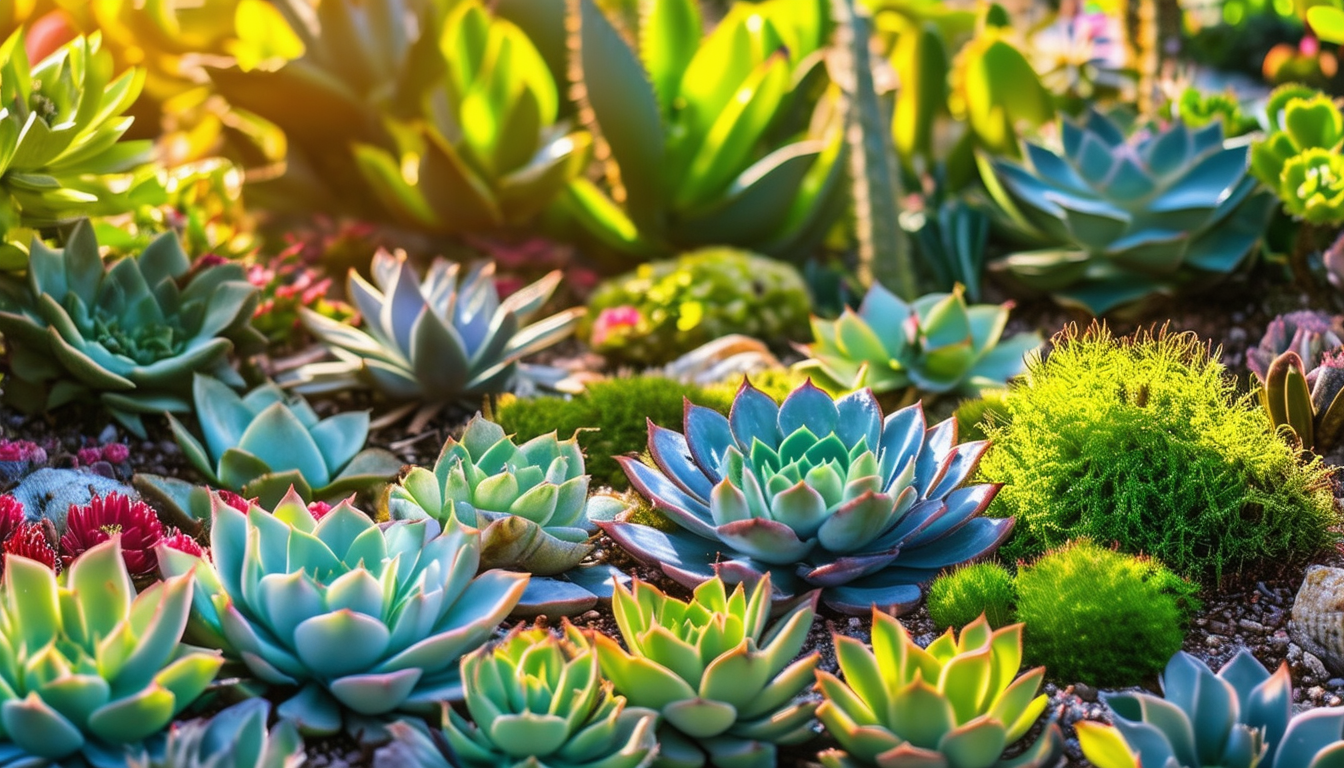
Unlock the secrets to successful succulent propagation and transform your garden with thriving new plants!
Intro - Understanding Succulent Pups: What They Are and Why They Matter
Succulent pups, often called offsets, are miniature versions of the mother plant that grow at its base. These tiny replicas are nature's way of helping the plant propagate and spread. By understanding how to care for and pot these pups, you can expand your succulent collection effortlessly and enjoy the beauty of these resilient plants in various corners of your home or garden.
Caring for succulent pups not only enhances your gardening skills but also provides a sense of fulfillment as you watch them grow and thrive. Whether you're a seasoned gardener or a beginner, propagating succulent pups is a rewarding experience that brings joy and a touch of greenery to your living space.
How to Identify Healthy Succulent Pups Ready for Potting
Healthy succulent pups are easy to spot once you know what to look for. They should be firm to the touch, free of discoloration, and have a few small roots already forming. Avoid pups that appear wilted, discolored, or have any signs of pests or diseases.
It's also important to ensure that the pups have reached a sufficient size before you attempt to pot them. Typically, when they are about one-third the size of the mother plant, they are ready to be separated and potted on their own.
5 Step Guide: Removing Succulent Pups from the Mother Plant
Step 1: Gently loosen the soil around the base of the mother plant to expose the pups.
Step 2: Carefully grasp the pup near its base and gently twist or wiggle it free from the mother plant. Ensure you are gentle to avoid damaging the delicate roots.
Step 3: If the pup does not come away easily, use a clean, sharp knife to sever the connection between the pup and the mother plant.
Step 4: Allow the pup to dry out for a day or two in a shaded area. This helps the cut end callous over, reducing the risk of rot when potted.
Step 5: Once the pup is dry, it’s ready to be potted in well-draining soil specifically designed for succulents.
5 Steps to Potting Your Succulent Pups
- Choose a small pot with drainage holes to prevent root rot.
- Fill the pot with a well-draining succulent mix of sand, perlite, and potting soil.
- Position the pup in the soil, covering the roots and keeping leaf bases above the soil.
- Water sparingly at first, letting the soil dry out completely between waterings.
- Gradually increase watering as the pup establishes and begins to grow.
Best Varieties for Pup Propagation & Why
Some succulent varieties are particularly well-suited for pup propagation. Echeveria, Aloe, Haworthia, and Sempervivum are popular choices due to their prolific pup production and ease of care.
These varieties not only produce numerous pups but also adapt well to different growing conditions, making them ideal for gardeners of all experience levels.
Best Fertiliser, Lighting & Growing Conditions
Succulents thrive in bright, indirect light. Place your potted pups in a sunny spot, but avoid direct midday sun, which can scorch their leaves.
Use a balanced, water-soluble fertilizer diluted to half-strength during the growing season (spring and summer). Over-fertilizing can lead to leggy growth, so it's best to fertilize sparingly.
Ensure the soil remains well-drained and only water when the top inch of soil is dry. Succulents prefer dry conditions, and overwatering is a common mistake that can lead to root rot.
Common Issues, Pests & Diseases
Some common issues with succulent pups include overwatering, which leads to root rot, and insufficient light, which causes leggy growth. Ensuring proper watering and light conditions can prevent these problems.
Watch out for pests such as mealybugs and aphids. These pests can be controlled with insecticidal soap or by wiping the leaves with a cotton swab dipped in rubbing alcohol.
Diseases like powdery mildew can occur in overly humid conditions. Good air circulation and proper watering practices can help prevent fungal issues.
10 Frequently Asked Questions on Propagating Succulent Pups
1. How long does it take for succulent pups to grow roots? It usually takes a few weeks for pups to develop strong roots after being separated from the mother plant.
2. Can I propagate succulent pups all year round? While you can propagate pups year-round, spring and summer are the best seasons for propagation due to optimal growing conditions.
3. What type of soil is best for potting succulent pups? A well-draining succulent or cactus mix is ideal.
4. How often should I water newly potted succulent pups? Water sparingly and allow the soil to dry out completely between waterings.
5. Can I use regular potting soil for succulent pups? Regular potting soil retains too much moisture. It's best to use a mix designed for succulents.
6. How do I know if my succulent pup is getting too much or too little light? Too much light can cause sunburn, while too little light can lead to leggy growth. Look for signs like discoloration or stretching.
7. What size pot should I use for succulent pups? Use a small pot that allows room for growth but not so large that it retains too much moisture.
8. How can I prevent root rot in succulent pups? Ensure the pot has drainage holes and use a well-draining soil mix. Avoid overwatering.
9. Do succulent pups need fertilizer? While not necessary, a diluted, balanced fertilizer can support growth during the growing season.
10. How can I tell if my succulent pup is healthy? Healthy pups are firm, have vibrant color, and show signs of growth.



